Later this month, at Malice Domestic, the convention celebrating the traditional mystery, I’ll be moderating a conversation between the nominees for Best Contemporary Novel. I’ve been loving reading the books and thinking about what to ask. So I thought I’d bring you into the conversation, and let you meet these terrific women and their books.
In Wined and Died in New Orleans, Ellen Byron’s 2d Vintage Cookbook Mystery, it’s hurricane season in New Orleans and Ricki James-Diaz is trying to shelve her fears and focus on her business, Miss Vee’s Vintage Cookbook and Kitchenware Shop, housed in the magnificent Bon Vee Culinary House Museum. She’s thrilled when repairs on the property unearth crates of very old and valuable French wine. But when a dead body turns up on the property, Ricki has to help solve a murder and untangle family secrets, all while living under the threat of a hurricane that could wipe out everything from her home to Bon Vee.
In Helpless: A Zoe Chambers Mystery by Annette Dashofy, Vance Township Police Chief Pete Adams and his wife, County Coroner Zoe Chambers-Adams, must race against time and a hurricane to capture the mysterious killer, who murdered a young mother and kidnapped her daughter while leaving the only witness, the little girl’s father, critically wounded and trapped beneath a disabled farm tractor. Will Pete be able to stop a savage and cunning predator? And will he and Zoe be able to reunite a family before it’s too late?
In Case of the Bleus by Korina Moss, the secrets to an enigmatic and award-winning blue cheese may be gone forever when its creator –Willa’s former boss, Max — dies. But when the presumed heir is killed for those secrets, the hunt for Max’s Church Bleu begins. When Willa discovers that she’s the intended heir, she must decipher the riddles Max left in order to find the cheese and the killer before the killer finds her.
The Weekend Retreat, Tara Laskowski Every year, the illustrious Van Ness siblings gather at their secluded winery estate for a joint birthday celebration. It’s a tradition they’ve followed nearly all their lives, and now they are back with their significant others for a much-needed weekend of rest and relaxation, away from the public spotlight. With lavish comforts, gorgeous scenery, and indulgent drinking, the trip should be the perfect escape. But it soon becomes clear that even a remote idyllic getaway can’t keep out the problems simmering in each of their lives. As old tensions are reignited, the three couples are pushed to the edge. Will their secrets destroy them, or will they destroy each other first? And who’s been watching them from beyond the vineyard gates?
One murder. Four impossibilities. A fake séance hides a very real crime. Tempest Raj returns in The Raven Thief by Gigi Pandian, where sliding bookcases, trick tables, and hidden reading nooks hide something much more sinister than the Secret Staircase Construction crew ever imagined.
Leslie: What would you most like readers to know about your book?
Ellen: It’s funny, twisty, and loaded with the flavor of New Orleans.
Annette: At its core, Helpless is a story about friendship and priorities. Sometimes you have to put the demands of your career aside to help a friend. And sometimes, the only thing you can do is just be there to sit and listen. Zoe’s hands are tied during most of the story, yet her simply being there is the most important role in the book.
Korina: It’s a mystery with cozy shades of The DaVinci Code and Ocean’s Eleven… with cheese thrown in.
Tara: The family in the book is not based on anyone I know, especially my own family (thank god!) Their terrible self-centeredness is all the product of my imagination. But I still love them all.
Gigi: The Raven Thief is a locked room mystery, also known as an impossible crime novel, that pays homage to the Golden Age of detective fiction. I wanted to channel authors like John Dickson Carr and Agatha Christie, who wrote fair-play puzzle plot mysteries, but putting my own modern spin on the genre. The puzzle plot is the key to the story-but family, friendship, and food are the heart.
With The Raven Thief, I went even further than one locked-room mystery, creating four ways in which the mystery looks impossible.
Leslie: What did you learn, about writing, life, murder, magic, or some other weird or amazing subject, while you were writing this book?
Ellen: I happened to be in New Orleans while I was writing this book and my daughter and I had to evacuate for Hurricane Ida. I learned how frightening and traumatic that experience is, and how it takes the resilience of those amazingly strong New Orleanians to move beyond it and get your mojo back.
Annette: I learned an inordinate amount of information about incapacitating an old Ford farm tractor and also, about how to fix one.
Korina: There can be a dark underbelly to the cheese world. In one year, almost seven hundred blocks of Saint Nectaire were stolen in France for the black market. In Italy, Parmigiano-Reggiano makers have started putting edible microchips the size of a grain of sand on their 90-lb cheese wheels to combat counterfeiters selling rip-offs. It’s no wonder—last year, a 4.8 lb. wheel of Calabro from northern Spain sold for $32,000.
Tara: I learn something new about my writing process every time I work on a book. It’s usually a very painful lesson, though. This time, I learned that I need to do a lot of “people work” upfront and really understand my characters and their motivations before I start writing, because so much of their actions and the plot depends on who they are, essentially, as humans. I didn’t do enough of that in my early drafts of this book, thinking I’d figure it out as I wrote, and that got me into trouble!
Gigi: At the center of each Secret Staircase Mystery is a renovation project, building magic into peoples’ homes through elements like sliding bookcases and secret doors that lead to hidden libraries. In The Raven Thief, the woman who’s hired Secret Staircase Construction hosts a book club focused on classic mystery novels, and she also requests a faux séance in the room.
To create the most fun book club room for mystery enthusiasts and a space that would work for a séance-gone-wrong, I reread many of my favorite classic mysteries with an eye towards elements I could turn into architectural details, and I learned more about how fraudulent spiritualists faked séances. I thought I knew a lot about how tricksters could fake séances, but wow there are a lot of tricks!
Leslie: What keeps you going, on days when writing is hard?
Ellen: Deadlines!
Annette: My readers. I’ll never forget the email I received very early in my writing career. A woman wrote to tell me she’d bought Circle of Influence as a Mother’s Day gift for her mom who was going through chemotherapy. Reading my book during the treatments helped her mother take her mind off her illness. I learned this mother and daughter lived about a half hour away, and at her next chemo session, I went to the hospital and sat with them, signed the book, and had pictures taken for them. It was a humbling experience and a stark reminder of the real reason I do this.
Korina: Hearing from readers, especially when my books are getting them through a hard time in life.
Tara: When I’m having a really bad writing day, I try to tell myself, “It doesn’t have to be good, it just has to be there.” My wonderful agent Michelle Richter once told me, “You can’t edit it if it’s not on the page.” So I give myself permission to suck, hoping that once there are words, it’ll be easier to fix them. It doesn’t always work, but it is a kind of writer self-care, a sort of grace we can extend ourselves so we don’t get so wrapped up in our heads. And most of the time, when I go back later and re-read it, it’s not as bad as I feared.
Gigi: Connecting with my fellow book people is the best! Some of the readers and writers I’ve met since I started writing have become my closest friends. My fellow Agatha nominee Ellen Byron is one of the fabulous women in my writers group!
I always want each new book I write to be better than my last, so if I’m ever feeling stressed out that a book isn’t coming together as I want it to, I simply chat with one of my author pals or pick up one of my beaten-up old Elizabeth Peters novels to read a few pages. Either one does the trick to inspire me.
THE AUTHORS:
ELLEN BYRON: Winner of multiple Agatha and Lefty awards, Ellen Byron transitioned from a twenty-plus-year career writing television sitcoms to penning humorous mysteries and has never been happier. She is also an award-winning playwright but considers working as a cater-waiter for Martha Stewart her most impressive achievement.
ANNETTE DASHOFY: USA Today bestseller Annette Dashofy is the author of fifteen novels including the seven-time Agatha Award nominated Zoe Chambers mystery series about a paramedic-turned-coroner in rural Pennsylvania as well as the Detective Honeywell series set along Lake Erie. Her standalone novel, Death By Equine, won the 2021 Dr. Tony Ryan Book Award for excellence in thoroughbred racing literature.
KORINA MOSS is the author of the Cheese Shop Mystery series (St. Martin’s Press) set in the Sonoma Valley, including the Agatha Award winner for Best First Novel, Cheddar Off Dead. She lives in Connecticut, where she is devoted to the art of cheese.
TARA LASKOWSKI is the author of the suspense novels The Weekend Retreat, The Mother Next Door and One Night Gone, winner of the Agatha, Macavity, and Anthony awards. She also wrote two short story collections, Modern Manners for Your Inner Demons and Bystanders. Her short fiction has won Agatha and Thriller awards, and she was the longtime editor of the online flash fiction journal SmokeLong Quarterly. She lives in Virginia with her husband, crime writer Art Taylor, and their son Dashiell.
GIGI PANDIAN is a USA Today bestselling mystery author, breast cancer survivor, and locked-room mystery enthusiast. She writes the Secret Staircase mysteries, the Accidental Alchemist mysteries, and the Jaya Jones Treasure Hunt mysteries.
If you’re headed to Malice Domestic this year, I hope to see you at 3:00 Friday afternoon, in Ballroom B/C, for what I know will be a delightful conversation. If not, I hope you’re intrigued by the nominated books and will pick them up for a guaranteed good read!

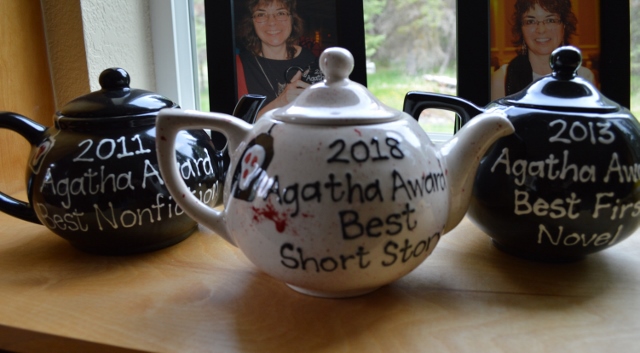
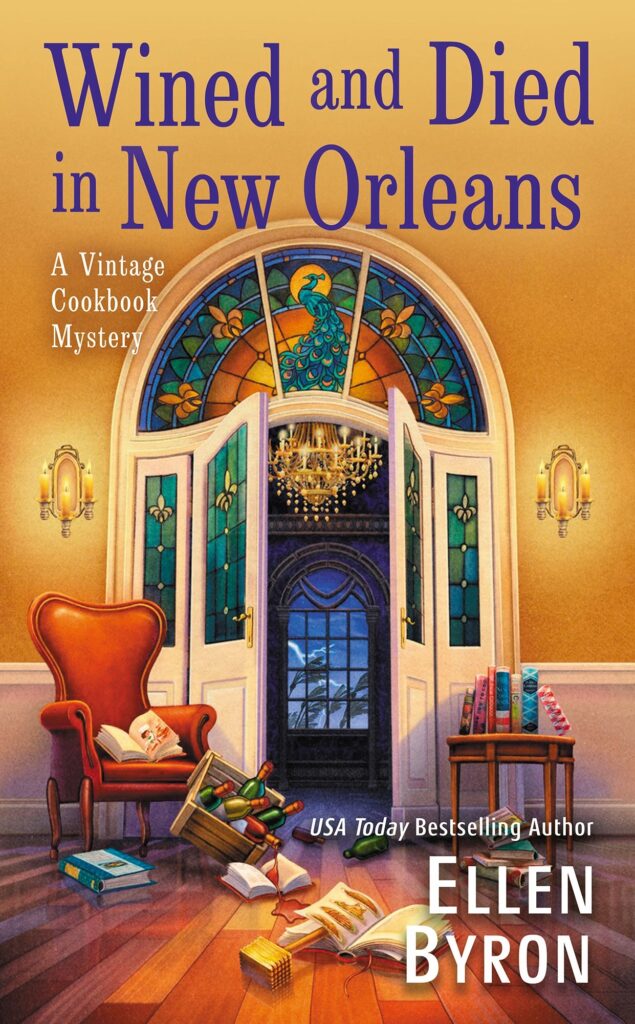
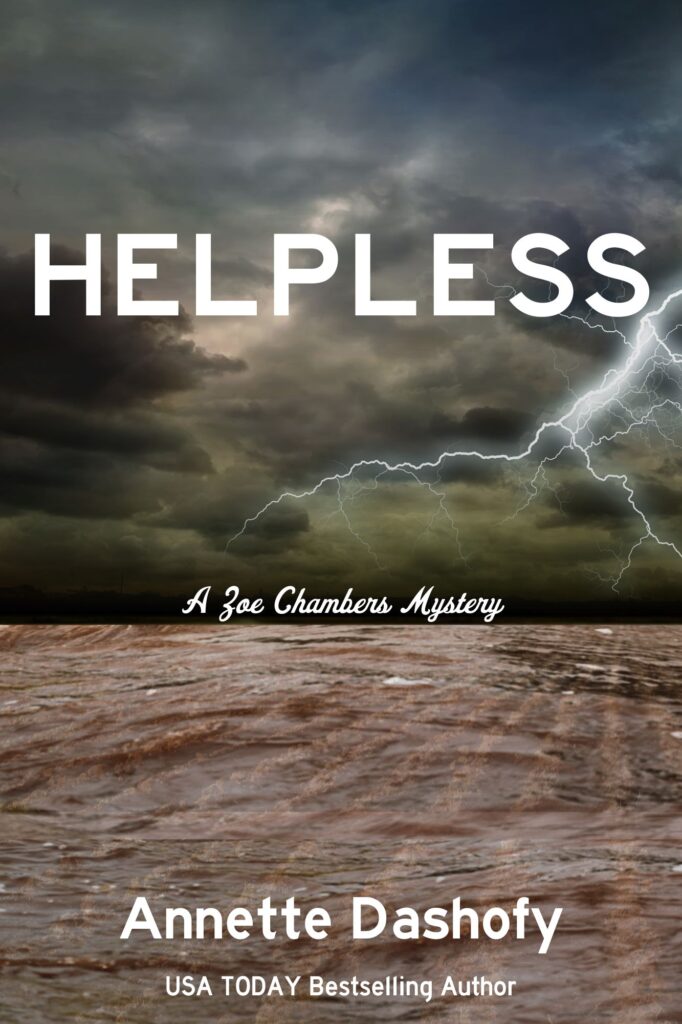
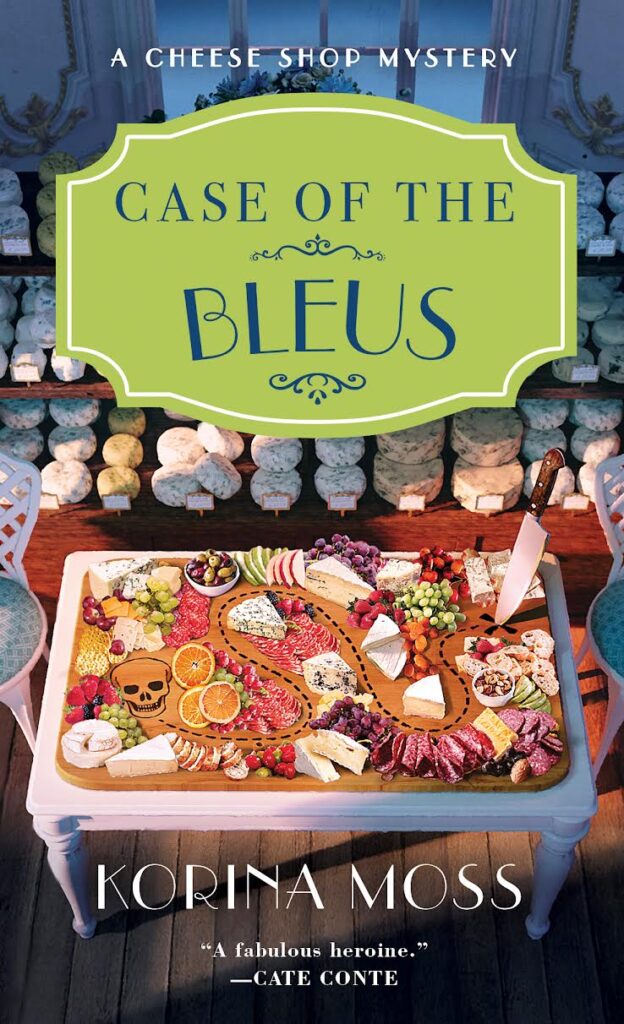
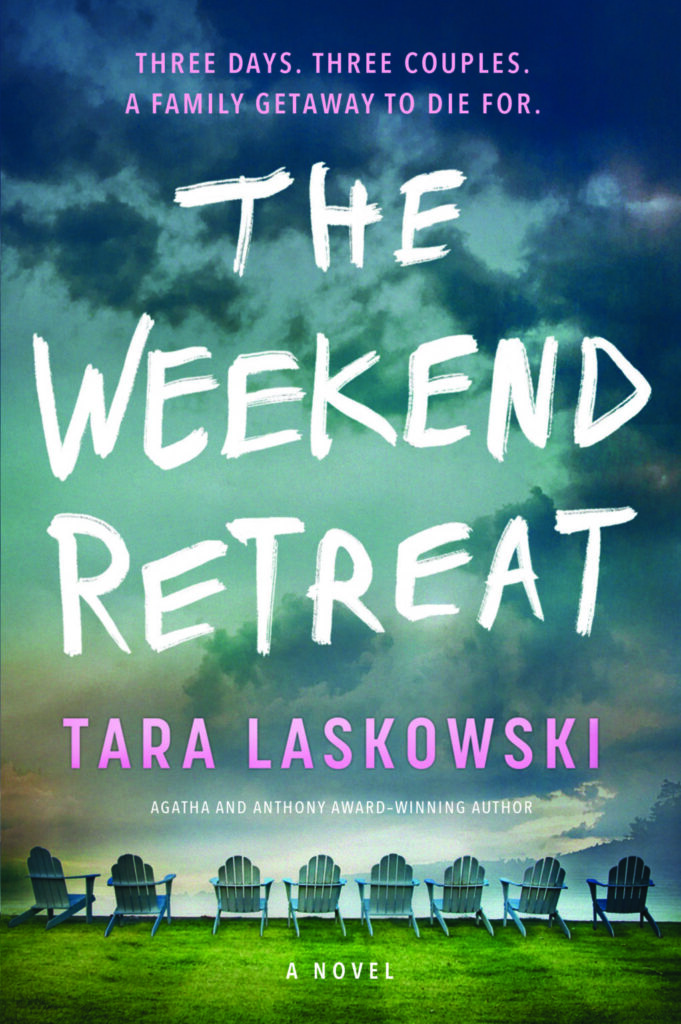

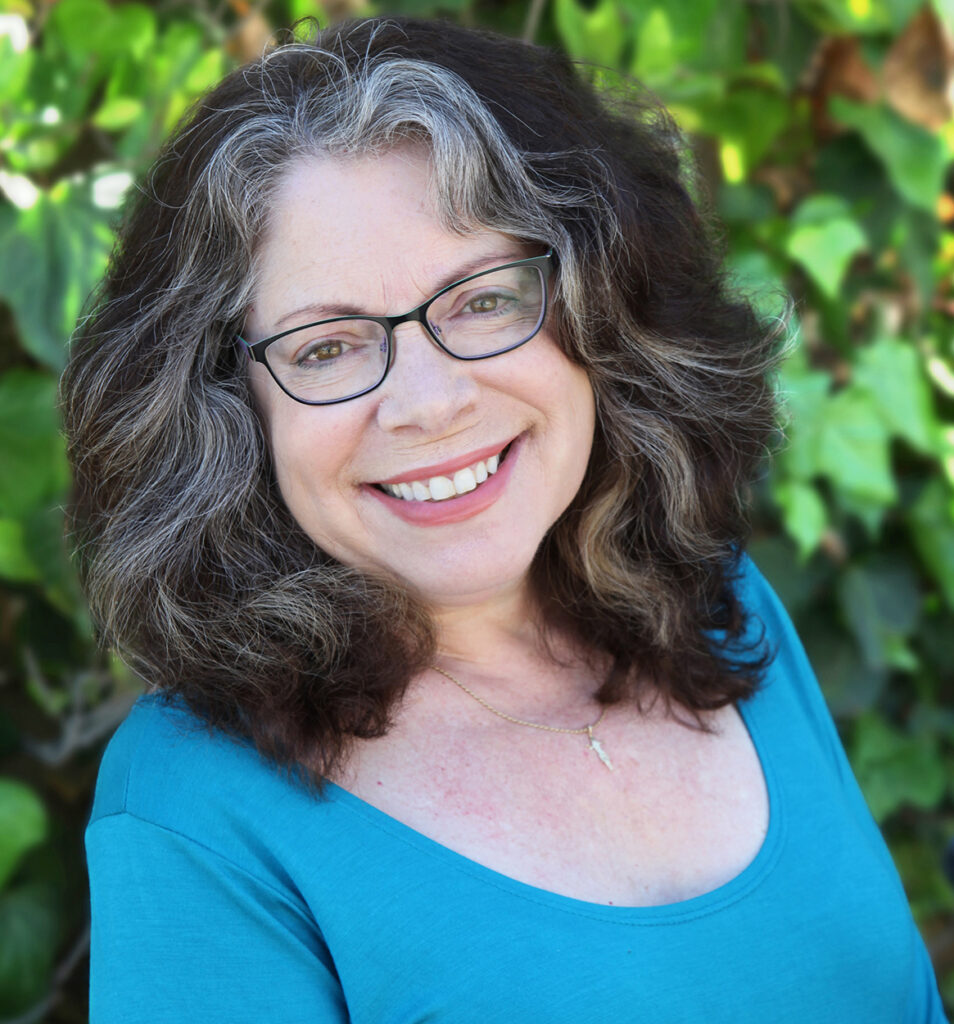

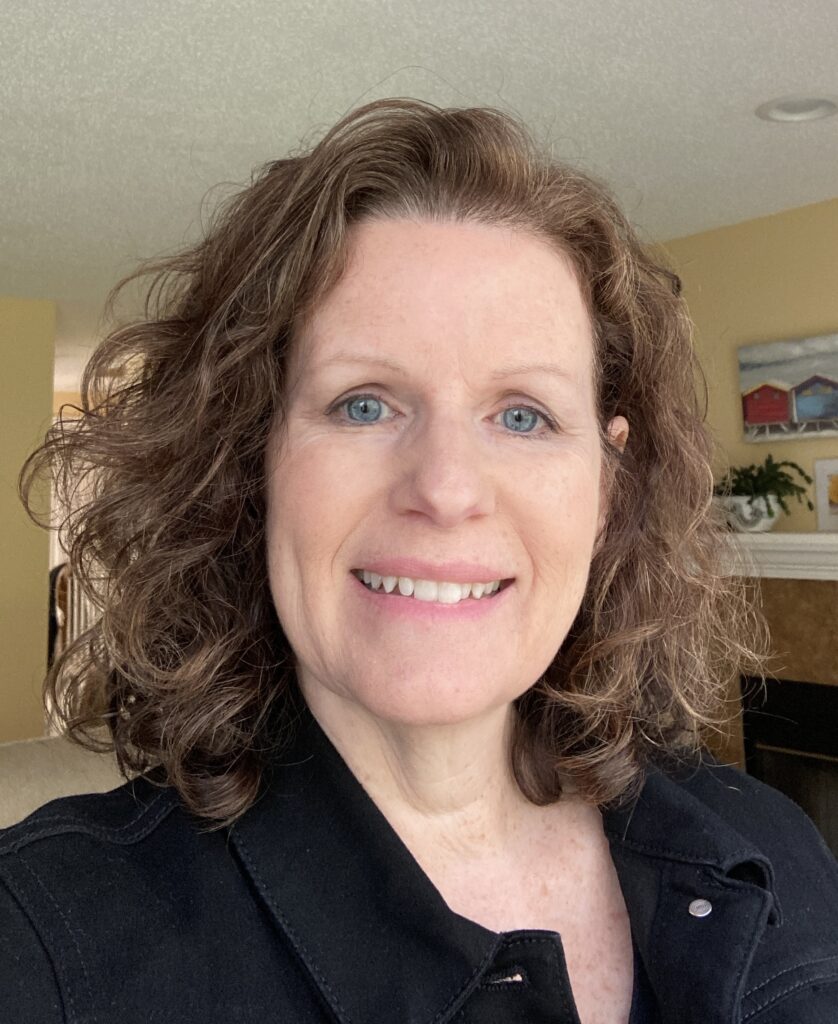
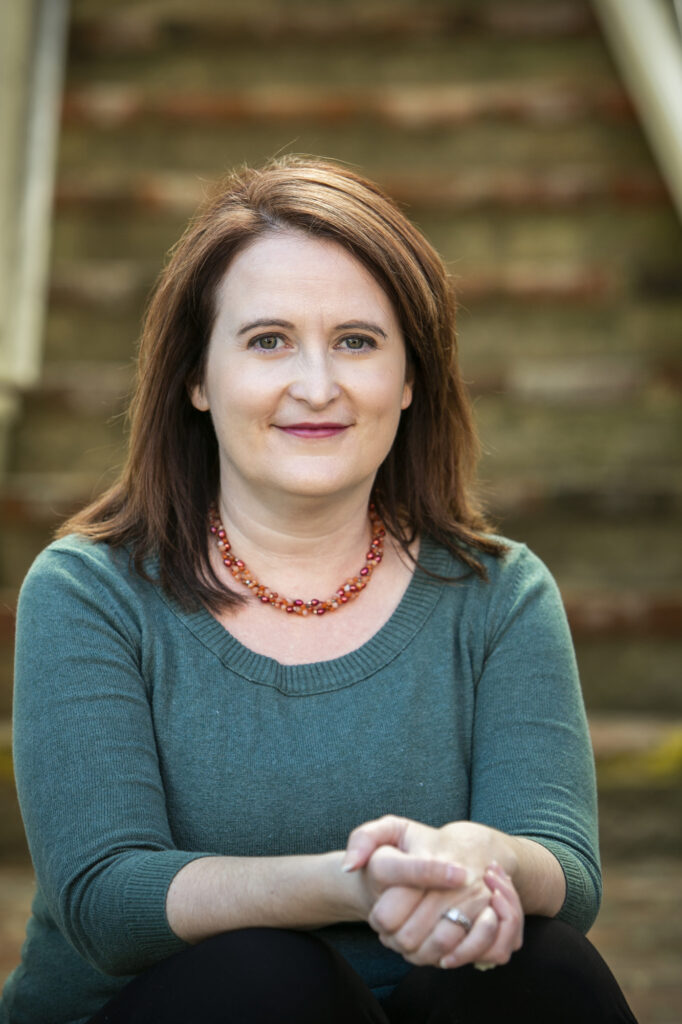
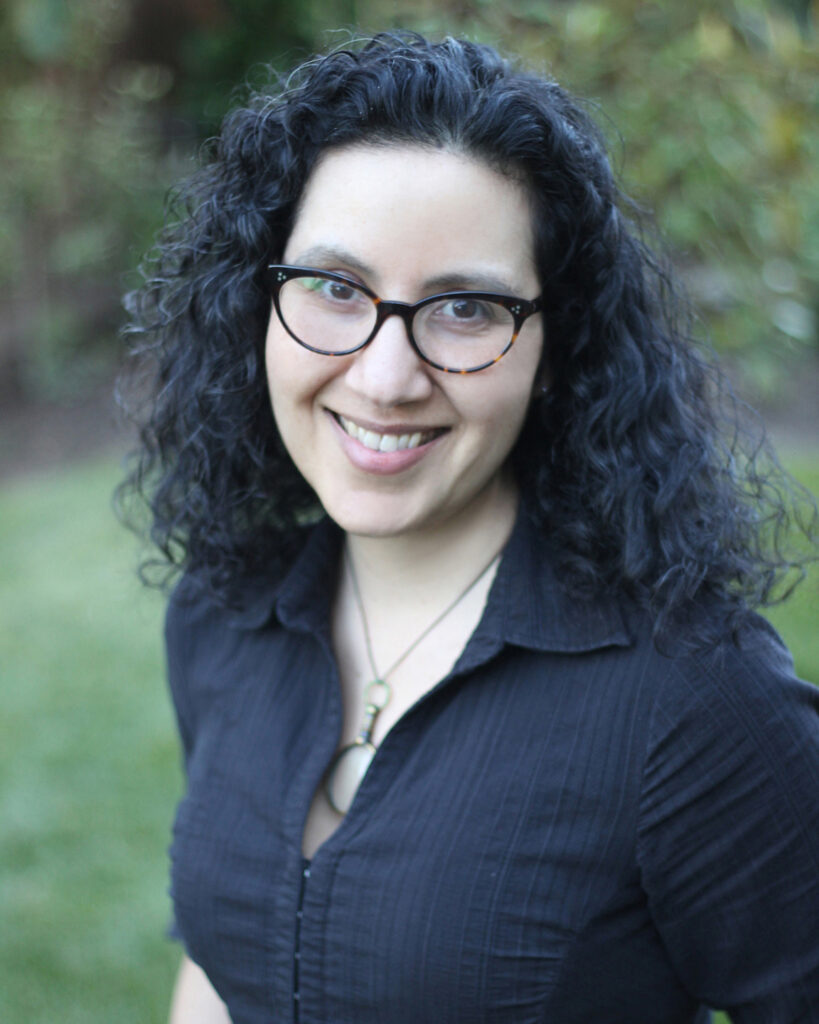
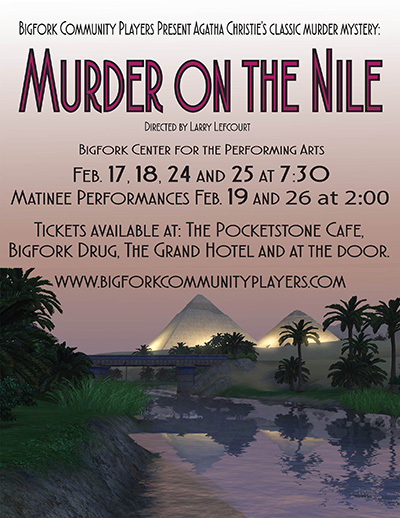 Originally published March 5, 2017; reprinted today, in honor of Dame Agatha’s birthday, September 15, 1890.
Originally published March 5, 2017; reprinted today, in honor of Dame Agatha’s birthday, September 15, 1890.